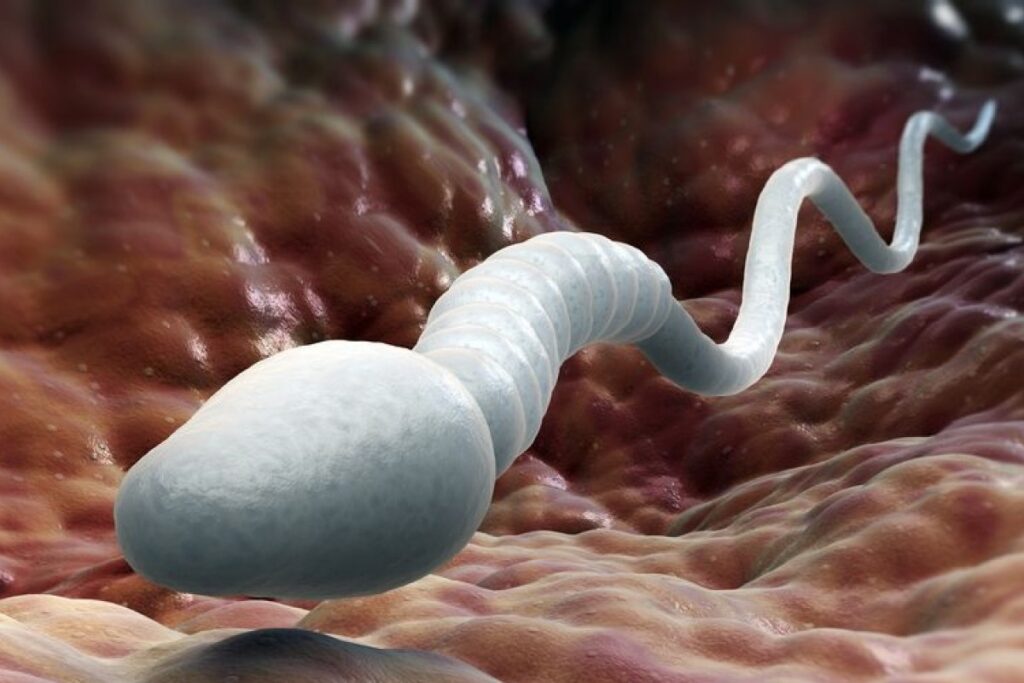Michigan State University (MSU) researchers have solved a long-standing mystery about a little-known sperm structure called a cytoplasmic droplet (CD). CD, known as cytoplasmic swelling, is located near the sperm head and especially its neck. Cytoplasm is a viscous and gelatinous substance enclosed by a cell membrane. This phenomenon is observed in all mammals, especially humans, and the new genetic model is considered the first of its kind.
Quoted from SiteTechDailyAlthough the cytoplasmic droplet was first discovered more than 100 years ago, its formation and function were still unclear due to the lack of molecular and genetic tools to study it. Scientists have often overlooked CD; But it can no longer be ignored, according to Chen Chen, an associate professor in the Department of Animal Sciences and the Reproductive and Developmental Sciences Program in MSU’s College of Agriculture and Natural Resources.
CD is designed to regulate sperm maturation and fertility
“Our new study in mice shows that the CD is indeed a nascent active organelle that is purposefully designed to regulate sperm maturation and fertility,” says Chen. This organelle acts as a “storage room” to store vital proteins needed for sperm function before the long journey to reach the egg. This process is just like packing a suitcase for a trip to Mars; “The spaceship must load all the items it needs for the trip before leaving Earth.”
The role of SYPL1 gene in the formation of CD
Chen and his research team discovered a new protein exchange system in developing sperm that actively transports essential proteins to the CD (sperm storage chamber) via small membrane vesicles. This process is controlled by a gene called SYPL1. SYPL1 protein is located on membrane vesicles and plays a central role in guiding them to reach CD. According to Chen, these vesicles can be thought of as trucks that deliver protein cargo to the sperm’s storage chamber.
Chen points out that when the SYPL1 gene is deleted in mice, the protein exchange system is destroyed and vital metabolic enzymes and essential proteins are not delivered to the CD, resulting in an empty CD without vesicles; Something he had never seen before. Finally, without the main contents of CD, the mutant spermatozoa lose their motility and ability to cope with osmotic changes and after bending, lead to infertility.
According to Chen, this study represents a significant advance in understanding how the cytoplasmic droplet is formed and its potential function. “The recent study helps us to understand that there is a specialized system of protein exchanges between cells that actively transports cargo to the CD for future use by the sperm to travel to the egg,” he says.
According to Chen, the new finding will change the misconception about the mysterious structure of sperm. He believes that this finding will open up new avenues for research on CD as a biomarker for fertility in humans and animals, and possibly a new avenue for targeting fertility control.
Research findings in Nature Communications Journal It has been published.



